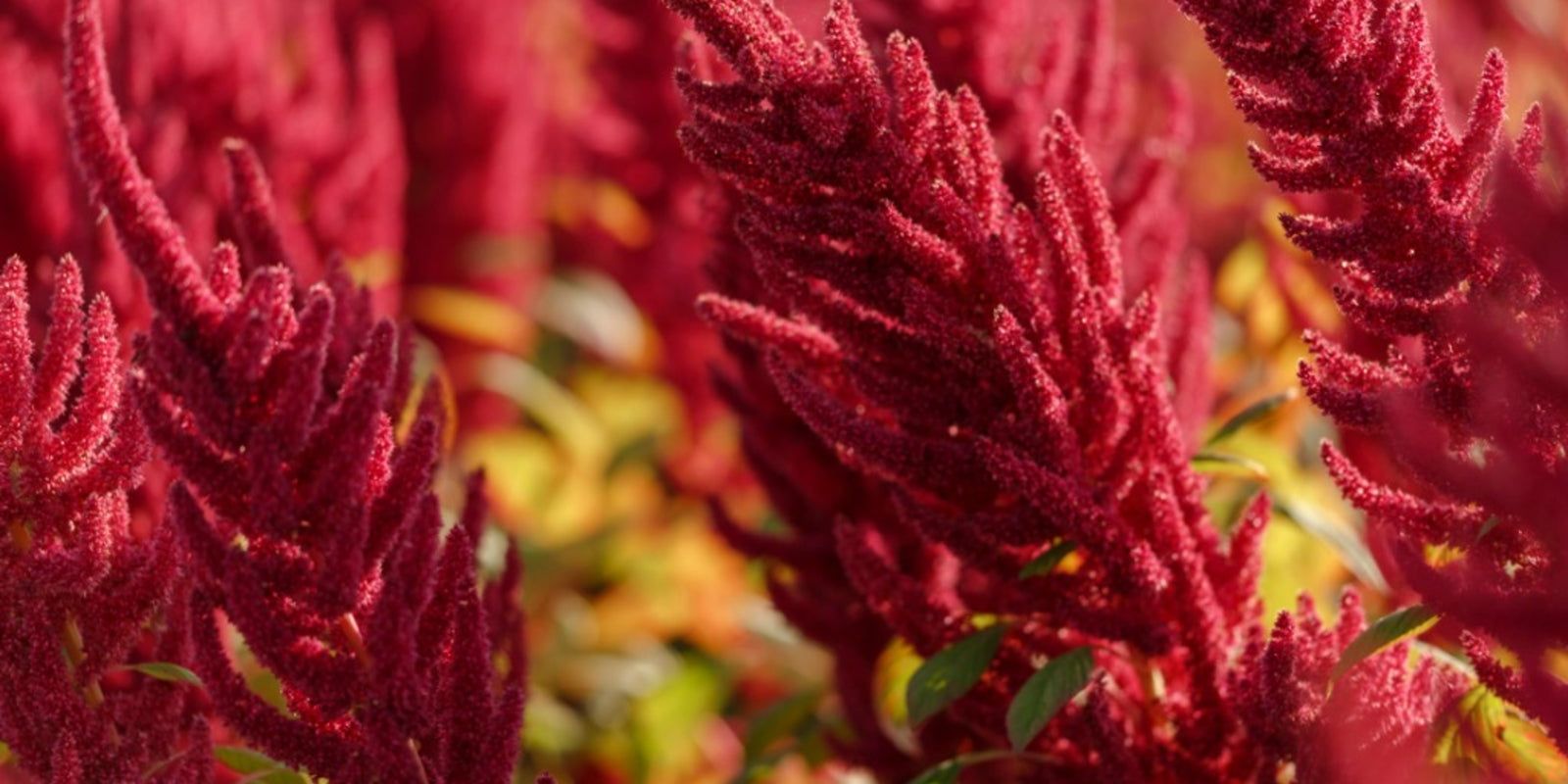Introduction
Amaranth, a versatile and nutrient-dense plant, has been cherished for thousands of years across different cultures. Whether you’re interested in its vibrant greens or its highly nutritious seeds, amaranth offers a wealth of benefits for home gardeners. Growing amaranth for food can be a rewarding experience, but like any plant, it requires specific care and attention to thrive. This guide will cover essential tips for growing amaranth successfully, ensuring you get the most out of this exceptional plant.
Choosing the Right Variety
Amaranth comes in many varieties, each with its unique attributes. The two main types you might consider are:
- Grain Amaranth: Known for its seeds, which are high in protein, fiber, and essential amino acids. Varieties like ‘Red Garnet’ and ‘Rhubarb’ are popular for seed production.
- Leaf Amaranth: Grown primarily for its edible greens, which are rich in vitamins and minerals. Varieties like ‘Chinese Red’ and ‘Jungle Red’ are often chosen for their tender, nutritious leaves.
Selecting the right variety depends on your primary goal—whether you want to harvest seeds, greens, or both. Make sure to choose a variety that suits your local climate and growing conditions.
Planting Time
Amaranth thrives in warm temperatures, making it essential to plant at the right time.
- Direct Sowing: If you’re sowing seeds directly into the garden, wait until after the last frost date when the soil has warmed up. Amaranth needs a soil temperature of at least 60°F (15°C) to germinate effectively.
- Starting Indoors: For an earlier start, sow seeds indoors 6-8 weeks before the last frost date. Transplant seedlings outdoors once they are robust and the weather has warmed.
Soil Preparation
Amaranth prefers well-drained, nutrient-rich soil. Here’s how to prepare your soil for optimal growth:
- Soil Type: Amaranth grows well in a variety of soil types but prefers loamy or sandy soils with good drainage. Avoid heavy clay soils that retain water, as this can lead to root rot.
- Soil pH: Aim for a soil pH between 6.0 and 7.0. You can test your soil using a pH meter or soil test kit. If your soil is too acidic, amend it with lime; if too alkaline, incorporate organic matter to help balance it.
- Organic Matter: Enrich your soil with compost or well-rotted manure before planting. This will improve soil fertility and provide essential nutrients for your plants.
Spacing and Planting
Proper spacing is crucial for healthy plant development and ease of maintenance:
- Spacing: Space amaranth plants 12-18 inches apart to allow for their wide spread and tall growth. This spacing ensures that the plants have enough room to develop without crowding each other.
- Planting Depth: Sow seeds about 1/4 inch deep. For indoor starts, transplant seedlings outdoors when they are 4-6 inches tall and have at least two sets of true leaves.
Watering
Consistent watering is important for amaranth, particularly during the early stages of growth:
- Moisture: Keep the soil consistently moist but not waterlogged. Amaranth can tolerate brief periods of drought once established but performs best with regular watering.
- Watering Frequency: Water the plants deeply once a week, adjusting based on weather conditions. During hot, dry spells, you may need to increase watering frequency.
Sunlight
Amaranth requires plenty of sunlight to thrive:
- Sun Requirements: Ensure your amaranth plants receive at least 6-8 hours of direct sunlight each day. Full sun exposure will help them grow robustly and maximize their nutrient content.
Harvesting
The timing and method of harvesting depend on whether you are growing amaranth for leaves or seeds:
- For Leaves: Harvest the leaves when they are young and tender. Regularly picking the outer leaves encourages the plant to produce new growth. Avoid harvesting too many leaves at once to ensure continuous production.
- For Seeds: Allow the seed heads to dry and turn brown on the plant. Cut the seed heads and hang them in a dry, well-ventilated area to finish drying. Once fully dried, thresh the seeds by rubbing them between your hands or using a sieve.
Pest Control
Amaranth can be susceptible to various pests, so monitoring and management are key:
- Common Pests: Watch for aphids, spider mites, and leaf miners. These pests can damage the leaves and reduce the plant’s overall health.
- Control Methods: Use organic pest control methods such as neem oil, insecticidal soap, or introducing beneficial insects like ladybugs to help manage pest populations.
Tips for Success
- Mulching: Apply a layer of mulch around your plants to retain moisture, suppress weeds, and maintain consistent soil temperatures.
- Companion Planting: Amaranth can benefit from being planted alongside other vegetables and herbs. For example, planting it near tomatoes can help deter certain pests.
- Crop Rotation: Practice crop rotation to prevent soil-borne diseases and nutrient depletion. Avoid planting amaranth in the same location year after year.
Motivational Sentence
Growing amaranth is not just about cultivating a plant; it’s about enriching your garden with a nutrient-packed powerhouse and embracing a rewarding gardening journey. Enjoy the process, experiment with different varieties, and savor the fresh greens and seeds you harvest from your own backyard. Happy gardening!

